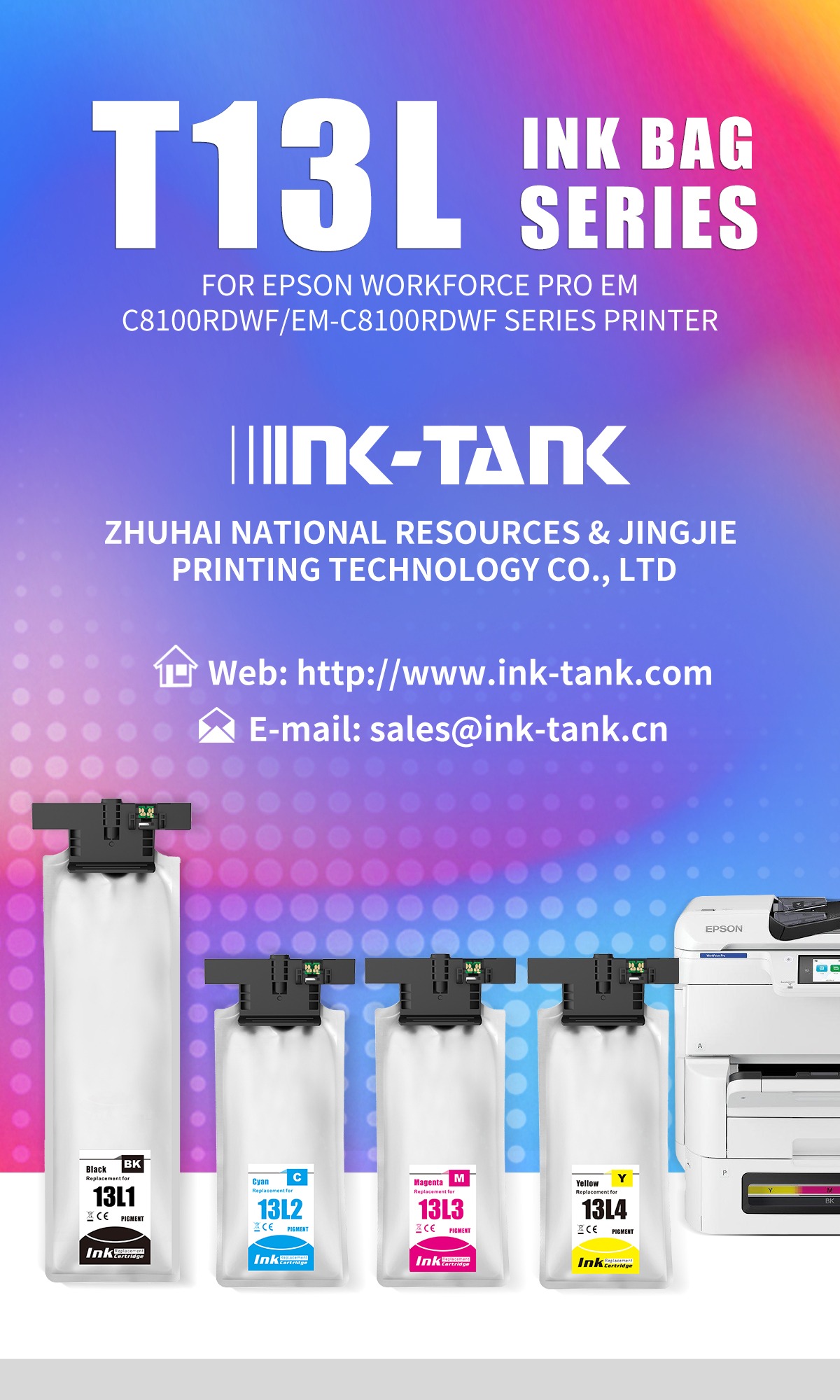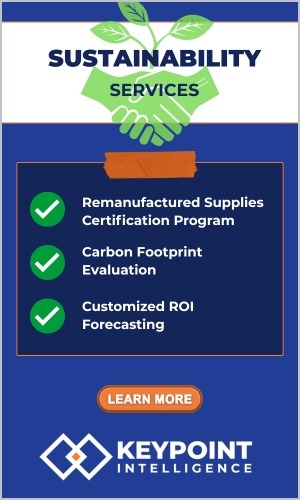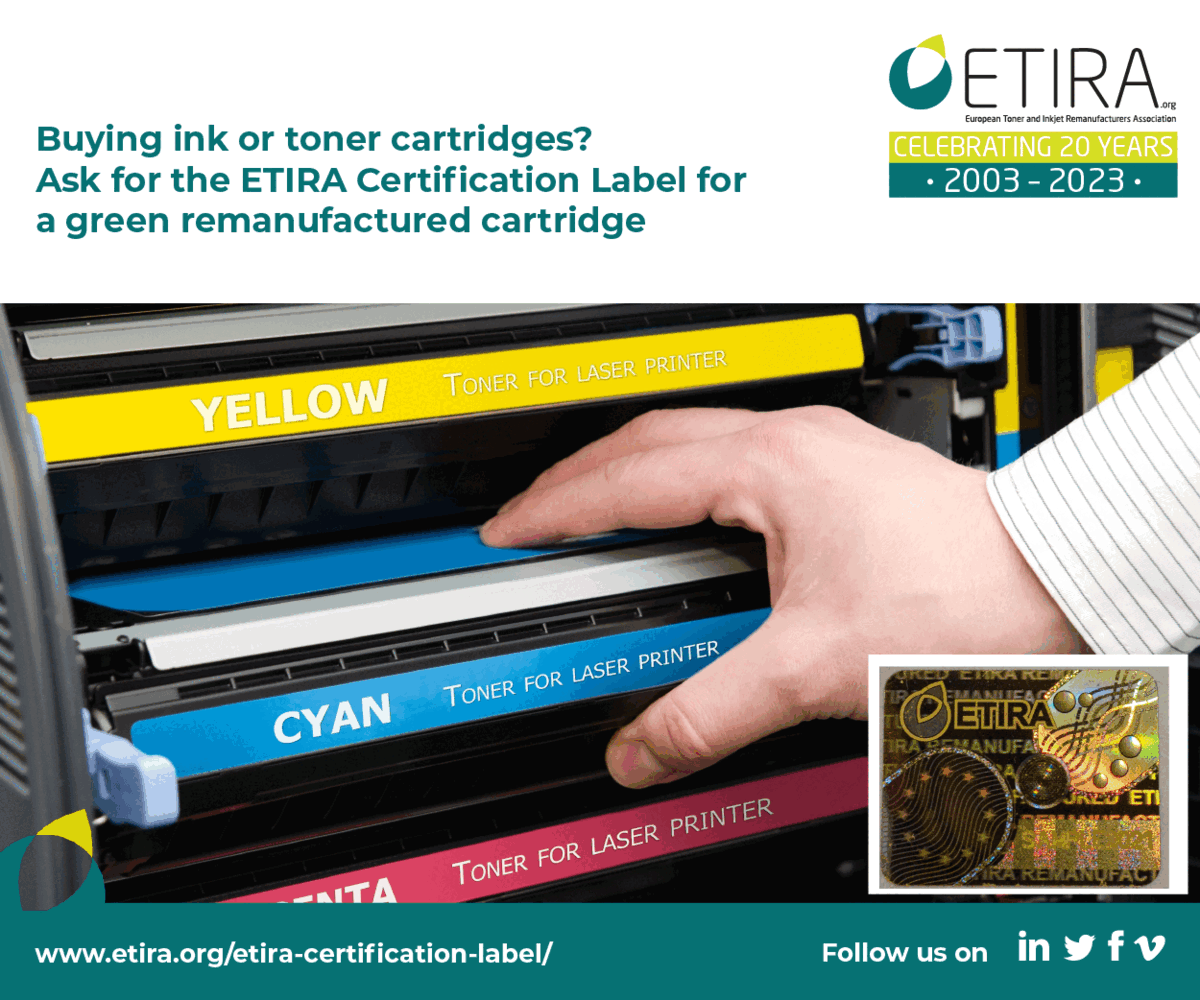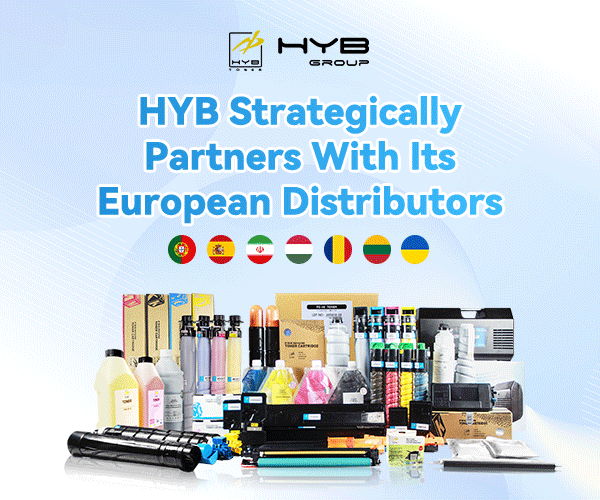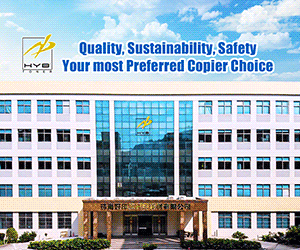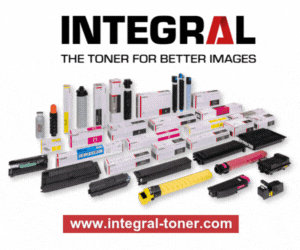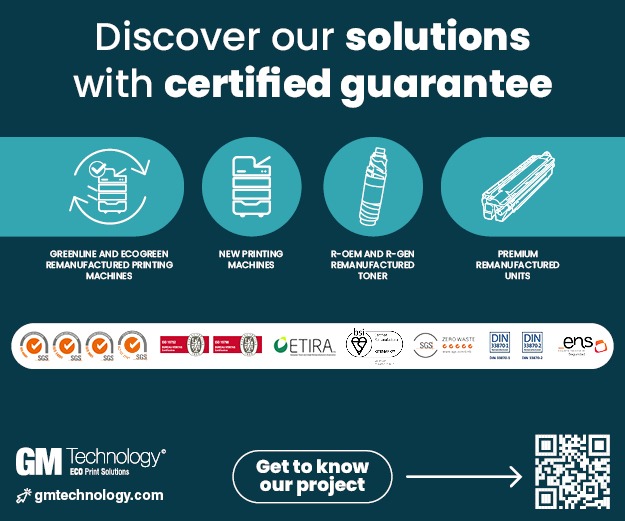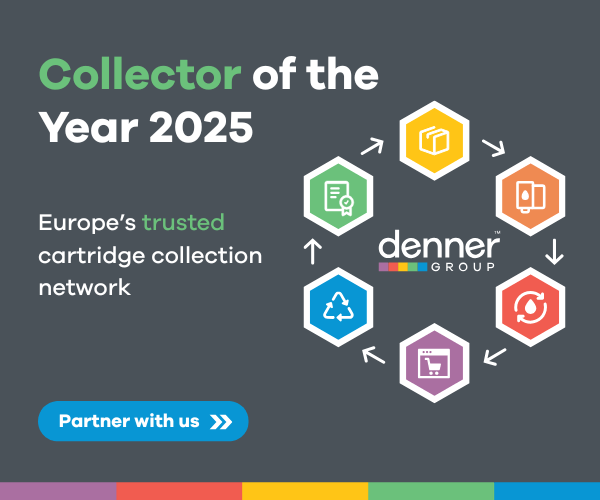First-hand insight. A platform for those who shape the reuse market.
We are launching this new series with a subject that sits at the heart of the imaging reuse economy, the humble empty cartridge.
Long treated as a commodity, the empty cartridge is now under pressure. Prices are falling, costs are rising, and the link between collector, remanufacturer, and OEM is being stretched to the breaking point.
This edition opens with a warning from Dimitry van Raamsdonk: if we want a functioning circular economy, we must recognise the true value of empties — and work together to protect it.
We follow with anonymised insight from a dozen professional collectors across Europe. Their message is clear: the collection model is no longer sustainable. Disposal costs are rising, demand is unpredictable, and burdensome regulations — such as shipment pre-notification — only add to the pressure.
If reuse is to expand, as the EU intends, the humble empty cartridge must be front and centre of the debate.
This series gives space to the people on the front line. We invite all stakeholders, OEMs, remanufacturers, brokers, and collectors, to join the discussion.
 The cartridge pricing paradox: A growing concern
The cartridge pricing paradox: A growing concern
In the empty cartridge market, we are facing an increasingly unsustainable situation:
- Purchase prices keep rising to find and source empty cartridges
- Selling prices keep dropping — a contradiction that threatens the entire supply chain
- Meanwhile, costs across the recovery process are rising sharply for: Energy – Fuel – Transport – Warehousing – Labour – Responsible waste disposal
Besides this we are seeing a growing trend where certain parties only seek chips or specific components, dismantling cartridges for old OEM toner, chips, or other parts.
This practice does not just devalue the cartridges themselves — it threatens the viability of reuse and remanufacturing as a whole.
Why this is a dangerous trend
- Discourages recovery and reuse
- Undermines long-term sustainability
- Pushes the market toward extracting short-term value over long-term viability
It would risk breaking the link between collector and buyer, threatening the very foundation of the circular economy.
If we want a truly circular market, we must focus on keeping cartridges intact for reuse, rather than extracting a handful of parts and discarding the rest.
If — and only if — OEMs move toward genuine Eco Design in future cartridge generations, then working with licensed and serious partners becomes more crucial than ever.
Trusted and licensed collectors play an essential role in:
- Maintaining the quality and integrity of cartridges
- Ensuring cartridges can be reused, refilled, and properly recycled
- Helping to close the loop in the cartridge lifecycle
A way forward would be a fair minimum value and true collaboration.
We urgently need:
- A fair minimum value for empty cartridges that reflects their recovery cost
- Strong cooperation between OEMs and licensed recovery partners
- A shift toward designs and practices that enable cartridges to live longer and be reused effectively
If you are seeing these trends too — as a buyer, seller, collector, remanufacturer, or OEM — let’s align on a sustainable path forward. Together, we can protect the future of the cartridge industry and really close the loop.
For contact details check: www.linkedin.com/in/dimitry-van-raamsdonk-10007387
Dimitry van Raamsdonk
Twelve collectors, one message
Earlier this year, The Recycler met with over a dozen cartridge collectors across Europe. Each one shared a clear message: the market is being squeezed to breaking point.
From Spain to Slovakia, the realities were the same. Operating costs are rising fast. Labour, transport, warehousing, taxes — all going up. The cost of responsibly disposing of non-compliant or dismantled cartridges has become a major drain.
“We’re spending more just to stay still,” one collector told us.
“If it can’t be reused, it costs us to get rid of it — and no one wants to pay for that,” said another.
At the same time, remanufacturers are demanding lower prices and increasingly fail to provide any forward planning.
“We used to plan collections around forecasts. Now we’re flying blind.”
“Demand is all over the place — but our costs aren’t.”
Nearly all collectors also raised the burden of pre-notifying shipments. Under EU regulations, moving waste across borders now requires prior notification and approval by authorities in all involved countries. It’s an expensive and time-consuming process, particularly for companies that handle high volumes or diverse loads.
“We’re drowning in paperwork. And we’re paying for the privilege,” one collector said.
Stricter controls came into effect in May 2024. While digitalisation is coming in 2026, the admin load and compliance cost remain firmly with the collector.
Many now question whether the buy-back model can survive. With empty cartridge prices falling and disposal costs rising, is it time to shift to charging for collection and disposal?
“We’re taking all the financial risk, but everyone else sets the terms.”
Yet there is caution. Any move to fee-based collection could harm charity and school-based programmes, which play a key role in public engagement and volume sourcing.
“We don’t want to shut the door on the charities. But if the economics don’t change, someone’s going to have to pay.”
When asked what one thing would help most, the answer was clear: “If we knew who first placed the cartridge on the EU market.”
With Extended Producer Responsibility (EPR) schemes gaining traction, that information could allow disposal costs to be passed back to the appropriate party. As one collector put it:
“We didn’t place it on the market. Why are we the ones paying to clean it up?”
The message from collectors is loud and consistent.
Unless there is a change, the collection system that underpins cartridge reuse could falter, not through lack of will, but because it no longer makes economic sense.










